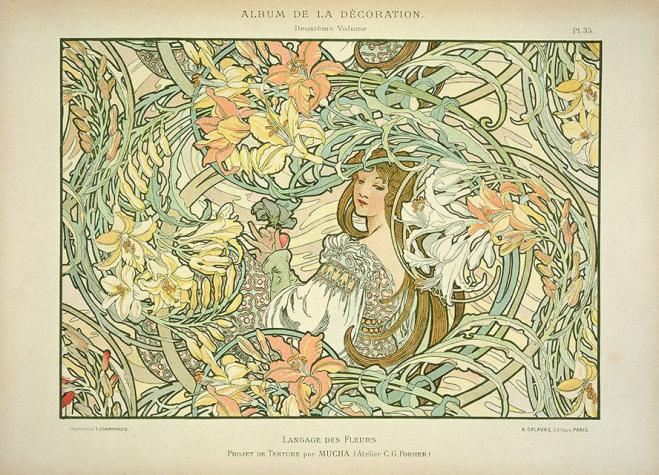COLUMBIA, Mo. – More than a century ago, the floral delivery service FTD adopted the slogan “Say it with flowers.” It turns out you can say quite a bit with flowers, notes University of Missouri Extension state horticulturist David Trinklein.
Floriography, the language of flowers, refers to communicating cryptically through the meaning or symbolism of certain flowers and flower colors.
Author Jayne Alcock traces floriography to the Ottoman Empire and specifically to the court in Constantinople, Trinklein said. An interesting use of floriography in that era was for women of a harem to use flowers to communicate with one another without their guards’ knowledge.
Floriography soared in popularity during the Victorian period when demure behavior became the norm and public displays of affection were socially taboo. As a result, Victorians exchanged “talking bouquets” with coded messages. Floral dictionaries were available to quickly allow the recipient to interpret the sentiments of the sender. “Undoubtedly, hearts were won and others broken by the language expressed by flowers received,” Trinklein said.
In print, floriography made its way into the United States through the writings of Turkish-born French naturalist Constantine Samuel Rafinesque, who wrote “The School of Flora” articles in the Saturday Evening Post in the late 1820s. The first books on the subject, Elizabeth Wirt’s “Flora’s Dictionary” and Dorothea Dix’s “The Garland of Flora,” were published in the United States in 1829.
The meaning of a flower can depend on its color. For example, a red carnation symbolizes a declaration of love, but a yellow carnation expresses disappointment or rejection. “Thus, a last-minute substitution by a florist because of a shortage of a certain color of flower could prove disastrous to a relationship, given the recipient is a student of floriography,” said Trinklein.
In general, red flowers are said to indicate passion, love and affection. The meaning of pink flowers varies by culture. Typically, pink indicates grace, joy and innocence. Yellow flowers indicate joy, happiness and friendship, while white flowers symbolize purity, innocence and humility.
A knowledge of regional differences also is important. “For example, white flowers in Asian countries symbolize death,” Trinklein said. “Therefore, sending white flowers to an Asian wedding would convey a rather unfortunate message to the newlyweds.”
For a complete list of meanings, Trinklein suggests consulting a floral dictionary or other work devoted to the subject, such as Wikipedia’s list of plants with symbolism.
“As a custom, a gift of flowers represents a way of expressing feelings of joy, sorrow, gratitude and grief when words alone simply don’t seem adequate,” he said. “Like our ancestors, we continue to let flowers help us better connect with people and speak to others. Perhaps the appeal of flowers partially lies in their contradictions: delicate in form yet strong in sentiment; small in size but big in beauty; short in life yet long on effect.”
Flowers remain a powerful way to convey emotions when words fall short. A Rutgers University study found they create happiness, boost mood and strengthen connections. Botanist Luther Burbank summed it up: “Flowers always make people better, happier, and more helpful… Through joy and sadness, flowers are our constant friends.”
Image
Langage de Fleurs
“Language of Flowers,” a 1900 color lithograph by Alphonse Mucha. Public domain image via Wikimedia Commons.
